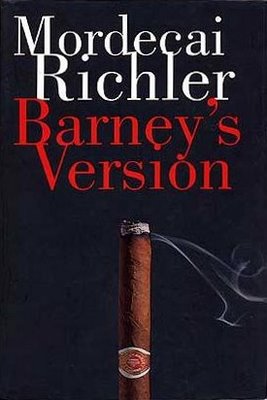Speed demon: why Daniel Catenacci is the sleeper of the NHL draft
The National Hockey League’s Central Scouting Bureau released its final rankings for draft eligible amateur players on Monday. Not surprisingly, the top three North American skaters were Ryan Nugent-Hopkins, Gabriel Landeskog and Jonathan Huberdeau.
But those high picks are only a small part of the draft. What if your team has a low pick, or maybe no picks in the first round, who should you be hoping to get for that instant impact? Who is the sleeper of the 2011 draft?
Look no further than Daniel Catenacci of the Sault Ste. Marie Greyhounds.
The five-foot-10 skater from Newmarket, Ont., was ranked 37th in the Central Scouting’s final report on domestic skaters, up from 43rd in January's midterm rankings.
When you mix in international skaters and goaltenders that means Catenacci could go as late as the third round of the NHL draft on June 24.
It’s an understandable fate when you look at the 18-year-old’s numbers from the Ontario Hockey League. Last season he had 26 goals and 45 assists with a minus-5 +/- rating and 117 penalty minutes. The year before that, Catenacci was a non-factor with 10 goals and 20 assists.
But Catenacci has a quality that most of his draft classmen lack: speed.
The above video is from the Canadian Hockey League Top Prospects game at Toronto’s Air Canada Centre on Jan. 19, when Catenacci put the afterburners on and broke open the scoring for Team Orr while shorthanded.
In that video it’s obvious that he’s by far the fastest player on the ice. In fact, he usually is, but that clip is exceptional. The guys in his dust are the best and brightest the CHL has to offer and yet they can’t catch him.
Earlier that week I attended the Next Testing session at the Mastercard Centre for Hockey Excellence where the Top Prospects were put through their paces. Dead sprints, agility tests, you name it, they did it.
Again, Catenacci was, by far, the best skater, outmanoeuvring and outpacing the other 40 or so players being tested. (You can see some of his performance here.)
At the Top Prospects skills competition, Catenacci was name the fastest skater, turning in a performance way ahead of the pack.
Why does all this matter? Because the thing that strikes most rookies when entering the NHL is the speed of the game. For their entire careers they’ve been one of the top players on their team, if not the best, and that usually includes being the best skater. But coming to the NHL they’ve finally found their level, and that doesn’t hold true anymore.
As a result, most rookies spend their first year as a professional trying to improve their skating and catching up to their teammates and opponents. It hurts their vision of the ice and impacts their ability to make plays.
Catenacci, presumably, won’t have that kind of trouble, since he should be able to keep pace.
His speed will also be an asset as he finds his role in the NHL. After all, what assignments are rookies usually given? Penalty killing, checking lines, defensive work and all with limited ice time. In all three cases, a fast skater will, pardon the pun, excel.
Although he’s not the prolific scorer that a Nugent-Hopkins, Landeskog or Huberdeau will be, Daniel Catenacci’s speed is an undeniable advantage that will make him NHL-ready before most of his peers and, hopefully, will increase his value come draft day. Certainly, any team will be lucky to have him on their depth charts.
